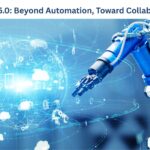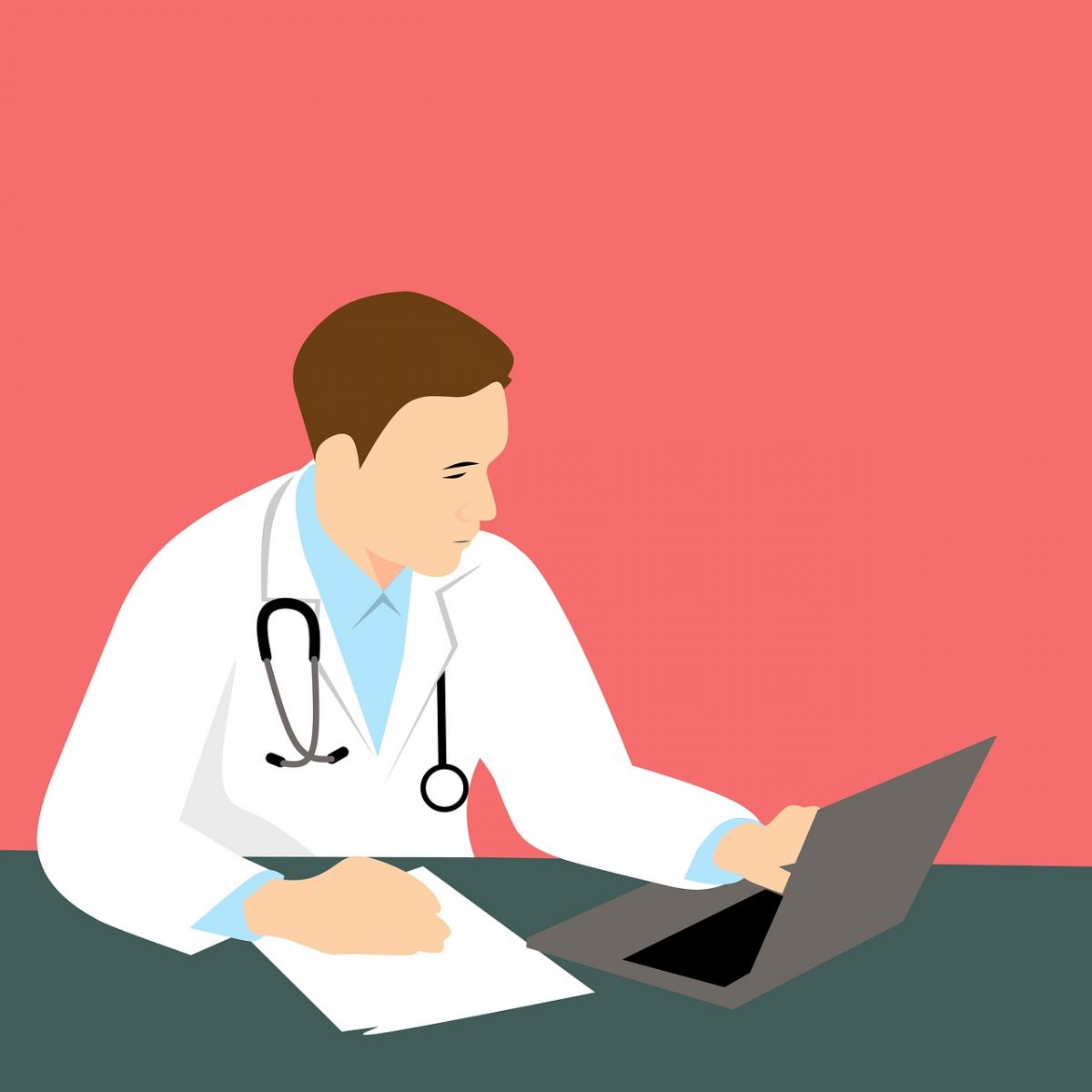The incorporation of cutting-edge technologies into medical equipment is causing a revolution in the healthcare sector. The smart stethoscope system is one notable invention that uses artificial intelligence (AI), mobile apps, and data collecting to improve the functionality of conventional stethoscopes. This technology transforms patient care and monitoring by providing a smooth fusion of accuracy, real-time analysis, and intelligent diagnostics.
Smart Stethoscope
An advanced technological advancement is being made to the conventional stethoscope, which has been a mainstay of medical diagnosis for more than a century. These days, smart stethoscopes come with digital sensors and connection features that record lung and heart sounds in previously unheard-of detail. By converting acoustic sounds into digital data, these sophisticated stethoscopes pave the way for deeper research and more intelligent medical solutions.
Data Collection with Smart Stethoscopes
The smart stethoscope, which is at the center of this breakthrough, is made to record lung and heart sounds with remarkable precision. Smart stethoscopes, in contrast to their traditional counterparts, are equipped with digital sensors that convert acoustic waves into digital information. After that, the data is smoothly sent to a mobile application for additional analysis.
Mobile App: The Interface for Smart Interpretation
An essential interface that connects the smart stethoscope and the healthcare professional is the companion smartphone app. The application transforms the recorded heart and lung sounds into graphic waveforms. Healthcare professionals can more easily analyze the data thanks to these visual representations, which help them spot anomalies that could otherwise go overlooked. Additionally, the software collects past data, saves patient records, and sends out real-time notifications for any unusual trends that need to be addressed right away.
Cloud-Based Intelligence: AI and Machine Learning for Diagnosis
The cloud-based intelligence of the smart stethoscope system, which is driven by cutting-edge AI and machine learning algorithms, is what really makes it unique. Doctors can benefit greatly from this system’s ability to screen for and identify aberrant cardiac sounds. Let’s examine its operation in more detail:
Data Upload: A secure cloud server receives the recorded lung and heart sounds.
AI Analysis: The data is analyzed by sophisticated AI algorithms that compare it to a large database of both normal and pathological lung and heart sounds. These algorithms have been taught to identify trends and abnormalities that point to certain illnesses.
Diagnosis Support: The AI system flags possible problems including respiratory disorders, arrhythmias, or cardiac murmurs and offers diagnostic recommendations based on its analysis. These recommendations provide as an essential second opinion, helping physicians make prompt and precise diagnosis.
Benefits of the Smart Stethoscope System
The integration of smart stethoscopes, mobile apps, and AI brings a host of benefits to both healthcare providers and patients:
• Improved Accuracy: AI analysis and digital recording of heart and lung sounds improve diagnostic precision while lowering the possibility of human error.
• Fast Diagnosis: In emergency situations, prompt diagnosis and action are made possible by real-time data transmission and processing.
• Patient Monitoring: Long-term tracking of patients’ status is made possible by ongoing monitoring and data preservation, which helps with the treatment of chronic illnesses.
• Accessibility: Mobile applications facilitate telemedicine and remote consultations by giving medical professionals anytime, anywhere access to patient data.
• Training and Education: Medical professionals and students can enhance their diagnostic abilities by using visual waveforms and AI insights as useful teaching aids.
Challenges and Future Directions
Despite its great potential, the smart stethoscope system has trouble becoming widely used. Because medical records are sensitive, it is crucial to ensure data security and privacy. Furthermore, significant funding and training are needed to integrate these cutting-edge technology into the current healthcare infrastructures.
Smart stethoscopes and associated technologies have a promising future. Future developments in AI and machine learning will improve diagnostic skills even further, possibly increasing the number of disorders that may be detected. Furthermore, smart stethoscopes will be essential in delivering high-quality treatment to underprivileged and rural populations as telemedicine expands.
Takeaway
The smart stethoscope system is a prime example of how contemporary technology may revolutionize conventional medical procedures. This technology improves patient outcomes, increases diagnostic accuracy, and helps healthcare practitioners provide effective and efficient treatment by fusing accurate data collecting, cutting-edge mobile applications, and potent AI analysis. The influence of these technologies on the healthcare system will only increase as they develop, bringing in a new era of accessible and sophisticated medical diagnostics.







